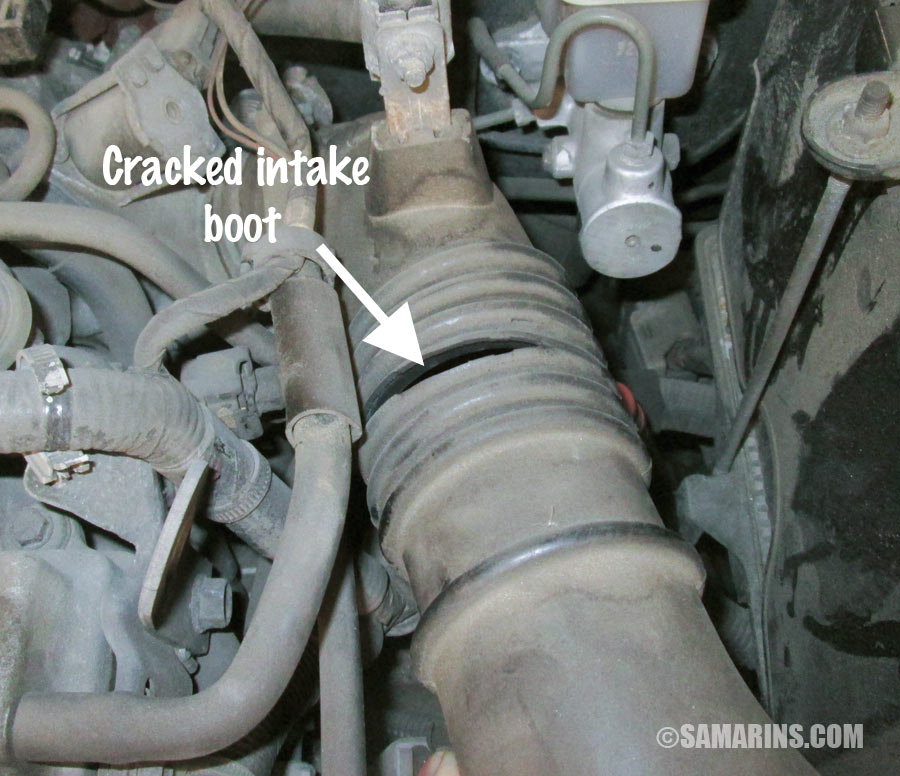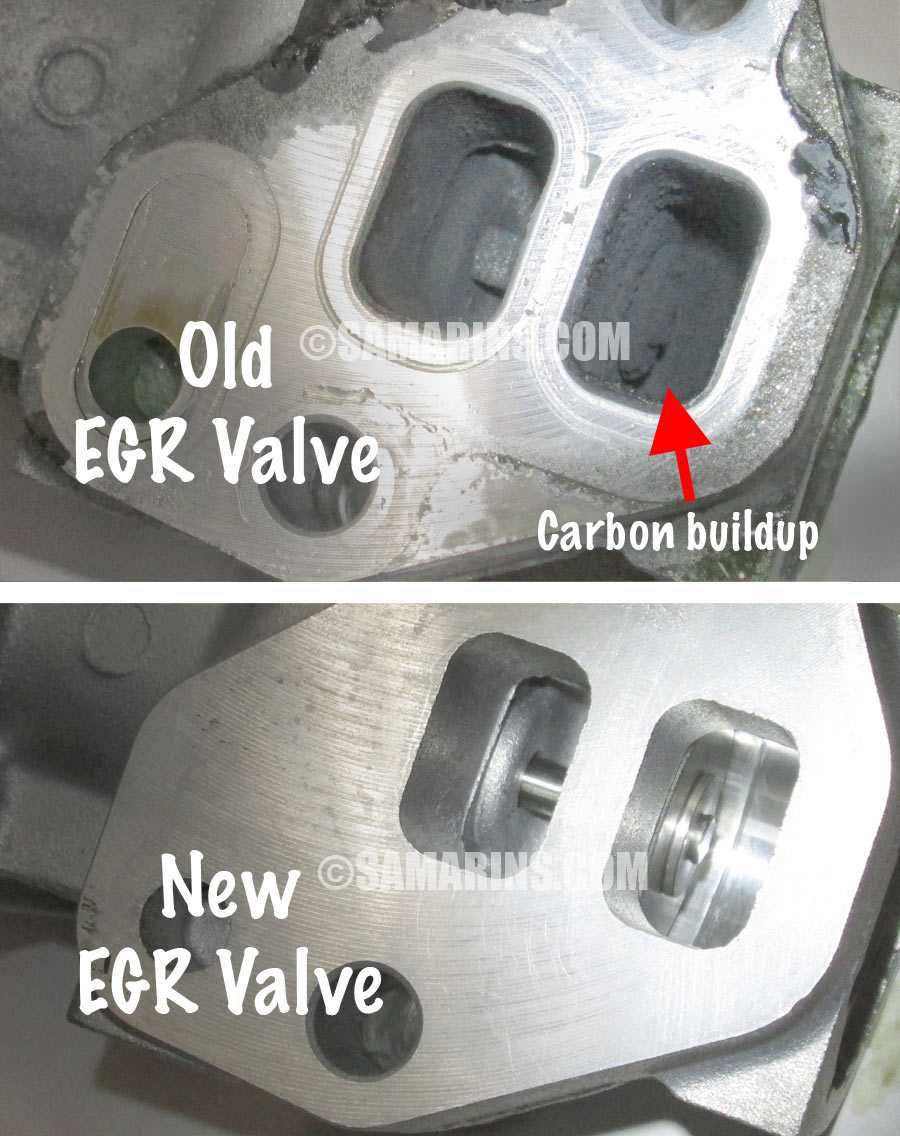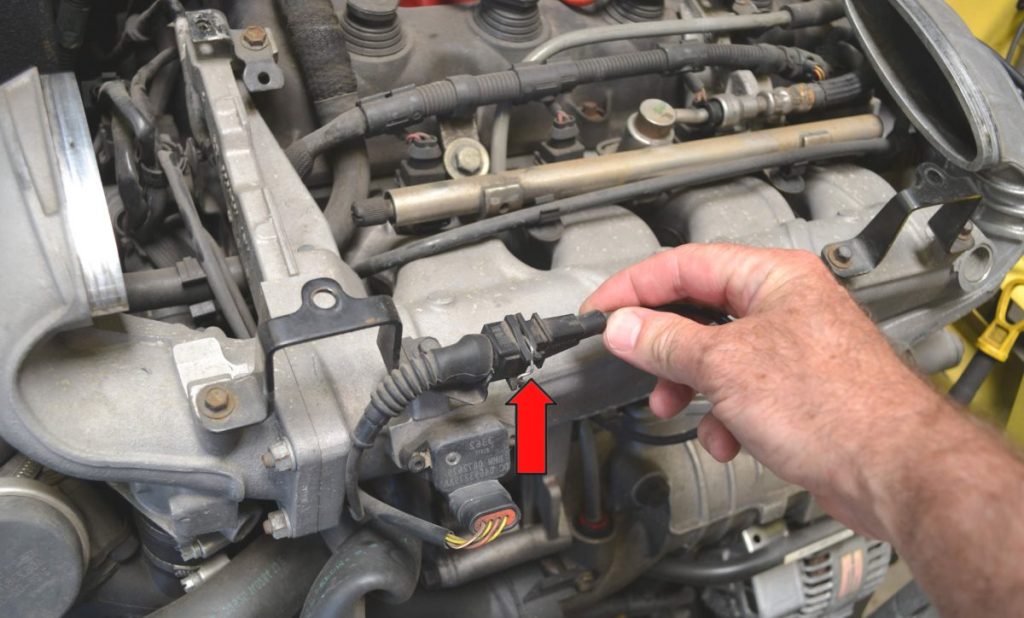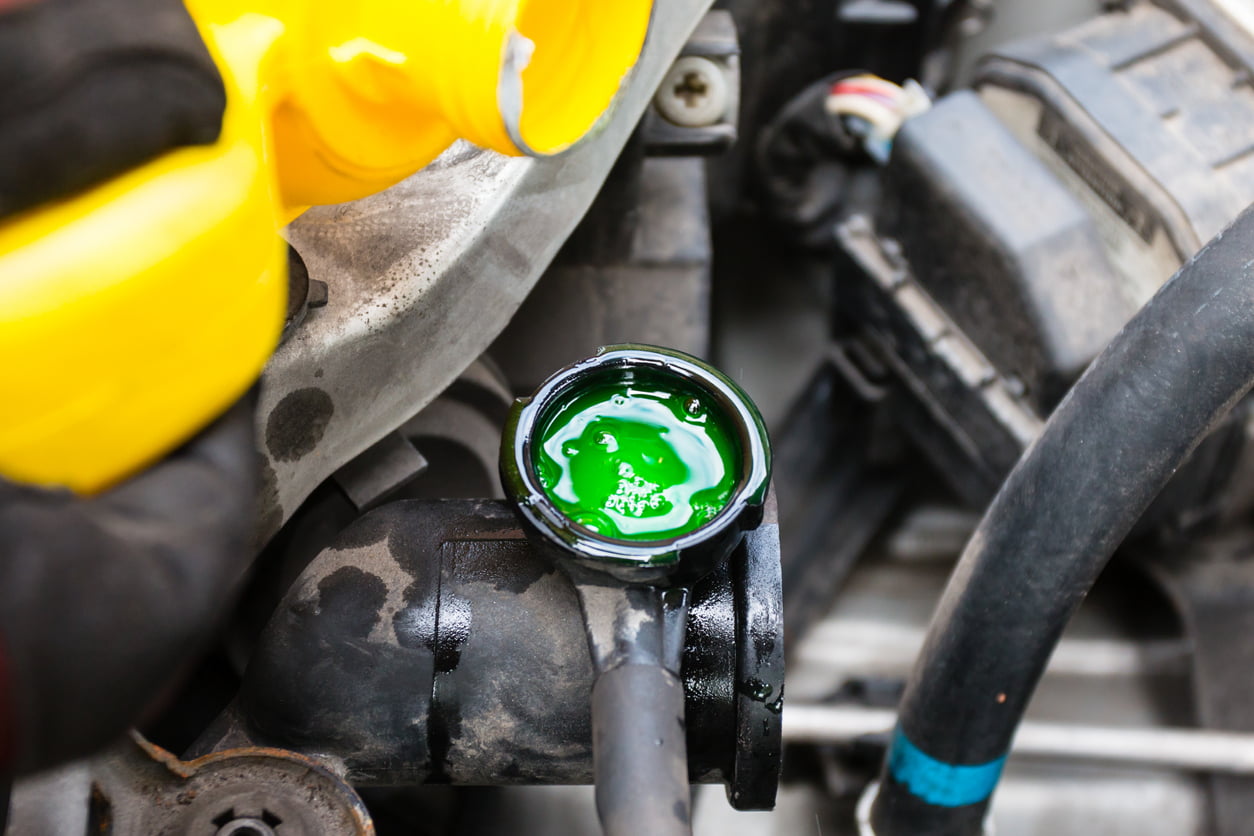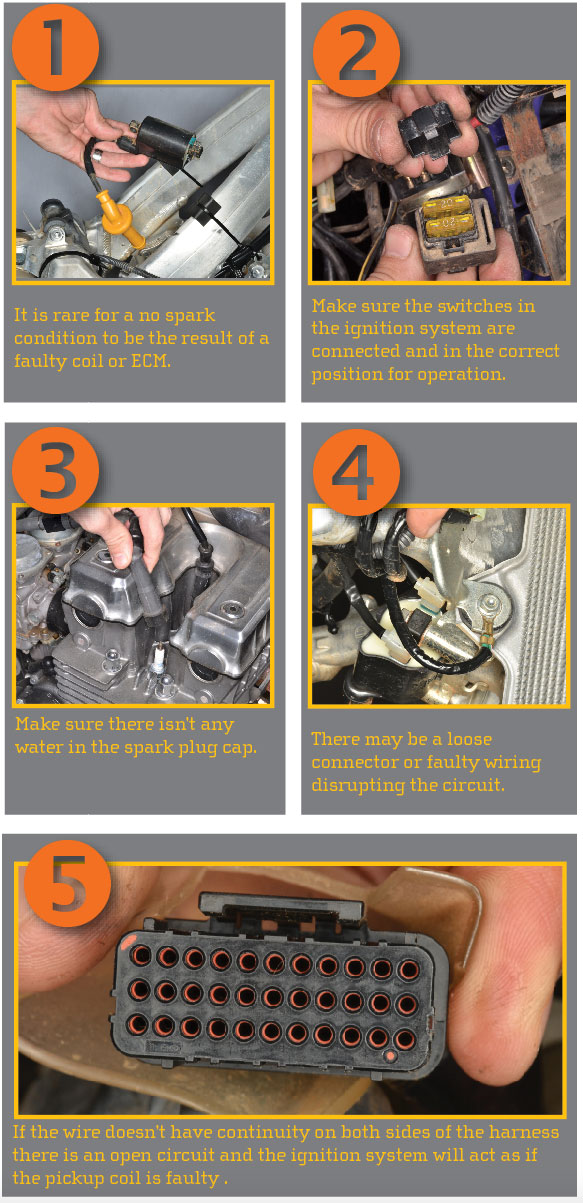Car Vacuum Leak Repair Cost
Car vacuum leak repair costs typically range from $100 to $400. The price largely depends on the leak’s severity and vehicle make and model.
Identifying a vacuum leak in a car is crucial for vehicle performance and efficiency. Vacuum leaks in an engine affect the air-to-fuel ratio, leading to a range of problems like erratic idling, poor acceleration, and increased emissions. Tackling the issue promptly can prevent more serious damage to your engine.
As vacuum lines and hoses are relatively inexpensive, the material cost for repairs is often low. The bulk of the cost comes from labor since finding and fixing the leak can be a time-consuming process. Repair costs vary by location and the complexity of the repair, so it’s a good idea to get a few quotes from different mechanics. Early diagnosis and repair are key to keeping expenses down and ensuring your car runs smoothly.
Symptoms Of A Car Vacuum Leak
A car vacuum leak can be sneaky, yet it often tells a tale through telltale symptoms. Understanding these signs is crucial for any car owner. Spotting the symptoms early might save you from hefty repair bills. It’s like playing detective under the hood; observe wisely, and your car will thank you with smooth performance.
Engine Misfires And Rough Idling
An engine that stutters isn’t happy. If you feel it’s not running smoothly, consider a vacuum leak. Rough idling is the car shaking or bouncing when the engine is running but the vehicle is still. Another clue is engine misfires. It happens when the engine starts and stops quickly and repeatedly. These are big red flags waving at you, pointing toward a car vacuum leak.
- Engine stumbles or stalls
- Uneven acceleration
- Struggling power outputs
Unexpected Increase In Fuel Consumption
Your car’s thirst for fuel can grow if air sneaks into the engine unwantedly. Increased fuel consumption can signal a vacuum leak. The engine compensates for extra air by using more fuel, hence a lighter wallet at the gas station.
| Normal MPG | Increased MPG |
|---|---|
| Usual mileage | Less mileage than usual |
Hissing Sounds Under The Hood
Hissing under the hood isn’t a snake, but it’s just as alarming. This sound is often air escaping where it shouldn’t. Find it, and you’re one step closer to nailing that pesky vacuum leak.
- Listen for high-pitched sounds
- Sound may grow louder at high RPMs
- Noise location helps pinpoint the leak
Identifying symptoms early aids in averting larger issues. Keep your senses sharp and address vacuum leaks promptly for a smooth ride and better fuel economy.

Credit: www.jdpower.com
Diagnosing The Vacuum Leak
Imagine you start your car and hear a high-pitched whistle. Your vehicle may have a vacuum leak! A vacuum leak affects engine performance. Before jumping into repair costs, your mechanic must nail down the leak’s root cause. Let’s dive into diagnosing a vacuum leak for a happy, healthy car.
Visual Inspection For Worn Hoses
A visual check is step one. Look under the hood. Spot rubber hoses connected to the engine. These hoses help manage airflow and pressure. Over time, they can crack or loosen, causing leaks. Look for signs of wear like cracks or loose fittings. Mechanics often find the culprit here without specialized equipment.
Using A Smoke Machine
When visual checks don’t cut it, professionals use a smoke machine. This tool pumps smoke into the vacuum system. The smoke escapes where there’s a leak, revealing the issue’s location. This method is great for finding sneaky leaks that eyes alone can’t spot.
The Spray Bottle Method
Sometimes, a simple solution works best. A spray bottle filled with soapy water can diagnose a leak. Spray the hoses while the engine idles. If you see bubbles forming, you’ve found a leak. This low-tech approach is cost-effective and can be done at home.
Typical Repair Costs
Underneath the hood of your car, a vacuum leak can be the silent culprit affecting your vehicle’s performance and efficiency. When it comes to repairing a car vacuum leak, costs can vary significantly. A clear understanding of typical repair costs is key for vehicle owners facing this issue.
Cost Factors: Severity And Accessibility
The cost to fix a vacuum leak in your car depends greatly on the problem’s severity and how easily a mechanic can access the leak. Below are some factors that influence the overall price:
- Severity of the leak: Larger, more serious leaks often require more extensive repairs.
- Location of the leak: Hard-to-reach areas may result in higher labor costs due to the extra time needed.
- Parts required: Some repairs may need replacement parts, adding to the total bill.
Labor Charges
Labor is a big part of car repair costs. Mechanics charge for their time and expertise. Here’s what you should know about labor costs:
- Labor rates vary by location and repair shop.
- The complexity of the repair can affect the hours needed to fix the leak.
Differences In Make And Model
Not all cars are the same. Different makes and models can lead to different repair costs. The following points explain why:
- Premium vehicles may have higher repair costs due to specialized parts.
- Some cars are designed for easier access to common repair sites, potentially reducing labor costs.
In conclusion, a vacuum leak can lead to costs ranging from relatively minor to significant, depending on various factors. Understanding these factors helps in anticipating the expenses involved and ensuring your vehicle remains in top running condition.

Credit: www.youtube.com
Diy Vs Professional Repair
Deciding between a DIY fix or calling a pro can be tricky. The right choice saves time and money. Car vacuum leak repairs are a prime example. This post reveals the nitty-gritty of handling it yourself versus trusting a mechanic.
Assessing The Diy Approach
Fixing a car vacuum leak on your own could cut costs. But it’s not for everyone. You need the right tools and some know-how. Here’s a quick glance at what DIY entails:
- Tools needed: Vacuum hose, screwdrivers, and a smoke machine may come in handy.
- Skill level: You must understand car mechanics, especially the engine’s vacuum system.
- Time investment: Setting aside several hours is crucial, especially if you’re a beginner.
Benefits Of A Professional Mechanic
Entrusting your car to a professional mechanic guarantees expert service. Here’s what they offer:
- Accurate diagnosis with specialized tools.
- Quick fixes using the right parts and procedures.
- Peace of mind with warranty on repairs.
When To Choose Which Option
So, when should you pick up the tools or the phone? Consider these factors:
| Your Skill Level | Cost of Tools | Time Constraints | Complexity of Repair |
|---|---|---|---|
| High = DIY | Low = DIY | Tight = Pro | Low = DIY |
| Low = Pro | High = Pro | Flexible = DIY | High = Pro |
Remember, safety comes first. If uncertain, choose a trusted mechanic. Let’s keep those engines humming smoothly.
Preventing Future Vacuum Leaks
Understanding how to avoid future vacuum leaks is crucial for your car’s health and your wallet. Proper care and attention can prevent costly repairs. Below are steps that ensure your vehicle remains leak-free.
Regular Maintenance Checks
Keep your car in top shape with periodic inspections. Mechanics should check the vacuum system during regular service. This includes hoses and seals. Spot issues early and fix them fast.
- Inspect hoses for cracks or wear.
- Test for leaks with a vacuum gauge.
- Replace filters as recommended.
Quality Replacement Parts
Use only high-grade parts for repairs. This maintains vacuum integrity. Better materials last longer. This step saves money over time and ensures reliable performance.
- Choose OEM or certified aftermarket parts.
- Seek professional advice for part selection.
Being Aware Of Common Weak Spots
Learning the vacuum system’s vulnerable areas helps in prevention. Rubber components and connection points are typical weaknesses. Regular checkups help identify these before they fail.
- Monitor rubber hoses and gaskets.
- Watch out for loose connectors.
- Listen for hissing noises as a leak sign.
Warranty And Insurance Considerations
Dealing with a car vacuum leak can be a headache, especially when considering the cost of repair. A key factor that could alleviate this stress involves understanding the available repair warranties and how your insurance policy might cover such an issue. Dive into your warranty and insurance choices to navigate vacuum leak costs wisely.
Repair Warranty Options
Many auto repair shops offer warranties on vacuum leak repairs. These warranties typically cover:
- Parts replaced during the repair
- Labor costs associated with the service
- Service guarantees for a specified period
Examine any existing warranties from your dealership or repair shop. Some manufacturers may cover vacuum leaks under their powertrain warranty, depending on your vehicle’s age and mileage.
Insurance Coverage For Vacuum Leaks
Your auto insurance might provide coverage for vacuum leak repair if:
| Circumstance | Coverage Potential |
|---|---|
| Accident-related damage | Often covered under collision insurance |
| Damage due to vandalism or theft | Comprehensive insurance may apply |
However, wear and tear or mechanical failures are generally not covered by standard policies.
Understanding Your Policy
Review your insurance policy carefully to understand what is included. Specific aspects to consider include:
- The deductible amount and how it affects your claim
- Exclusions that may apply to vacuum leak issues
- How the claims process works for repairs
Contact your insurance agent for clarity. They can help explain the nuances of your coverage. This proactive step can save you money and time.
Frequently Asked Questions Of Car Vacuum Leak Repair Cost
What Is The Average Cost For Vacuum Leak Repair?
The cost for repairing a car vacuum leak typically ranges between $100 to $400. Price varies depending on labor costs and parts required.
Can Driving With A Vacuum Leak Damage My Car?
Continuing to drive with a vacuum leak can cause engine damage. It’s best to repair it promptly to avoid further issues.
How To Diagnose A Vacuum Leak In Cars?
A vacuum leak can be diagnosed using a smoke machine or by listening for hissing sounds. A mechanic can also use a scan tool to check for engine codes.
What Are Common Symptoms Of A Car Vacuum Leak?
Common symptoms include a rough idle, engine misfires, and unexpected increase in fuel consumption. You might also notice a hissing sound.
Conclusion
Understanding the costs associated with repairing a car vacuum leak is crucial for maintaining engine health and efficiency. The price may vary based on the severity and location of the leak. Prioritizing this repair can save money in the long run by avoiding more serious mechanical issues.
Regular maintenance checks are your best defense against unexpected vacuum leak expenses. Stay informed and your car will thank you with continued reliable performance.

